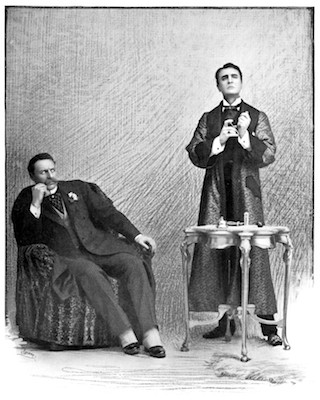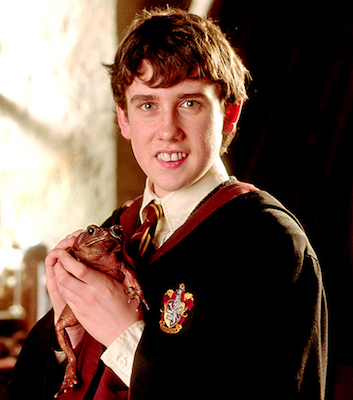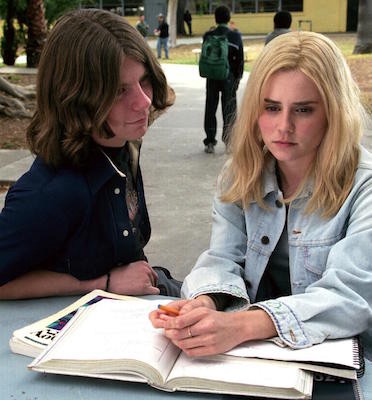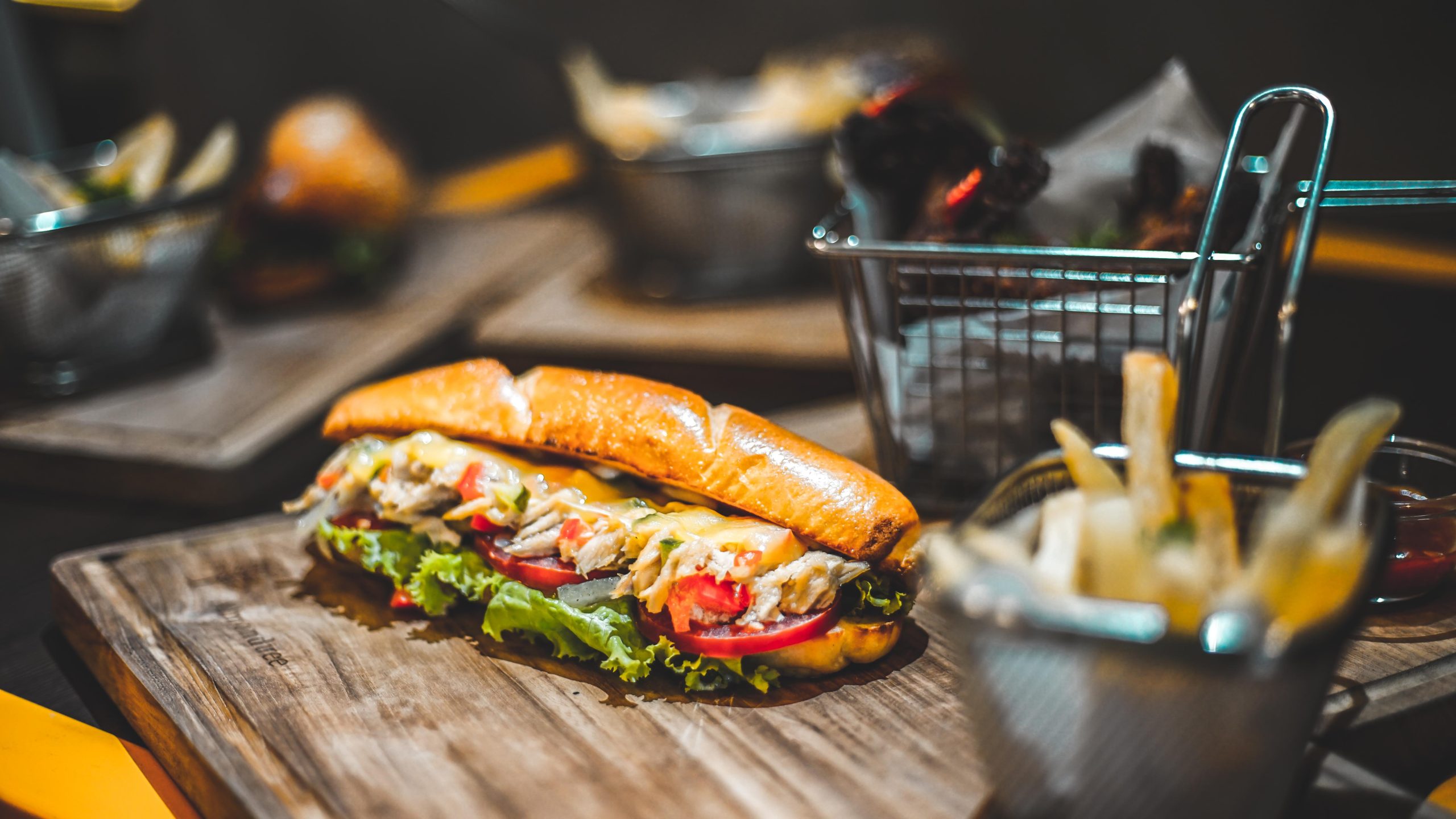Reading Lists
All The Actually Decent Men in Fiction We Could Think Of
Hunting for a few good men? It’s harder than you think, but we found 16

W e know that in real life, a good man is hard to find, but you’d think solid dudes would be readily available in the realms of fiction.
It turns out, though, that caddishness and ego are such universal heroic traits that it’s tough to identify thoroughgoing mensches even in novels—especially if you rule out characters who remain children throughout the book or series. (Sorry, Dickon from The Secret Garden!) It’s even harder if you rule out dogs. This whole list could have been male dogs.
For our purposes here, a good guy is not necessarily “lawful good.” Breaking rules in service of the greater good doesn’t disqualify a character: Jean Valjean of Les Misérables steals a loaf of bread, but only to feed his family; The Hunger Games’ Cinna plots rebellion against a super shitty regime. Good guy qualifications that do apply: neither emotionally nor physically abusive; honest with and supportive of friends and lovers; doesn’t use people for money and/or sex; and finally, doesn’t predicate his affection on virginity. Not a high bar! You’d think.
During my research, I had trouble remembering all the crappy things characters I liked had done. C.S. Lewis’s Aslan, though not human, is alright for a Christ figure—but someone reminded me that he wouldn’t let Susan back into Narnia because she liked makeup and boys. I liked Zora Neale Hurston’s Tea Cake, but forgot that he beat and stole from Janie. I thought of Shakespeare’s Ferdinand, but realized his love for Miranda was explicitly virginity-based: “Oh, if a virgin, / And your affection not gone forth, I’ll make you / The Queen of Naples.” Bye.
To be fair, no one likes a Mary Sue (or Gary Stu). Bad Boys often do well in literature, whether you’re into controlling blood-suckers or condescending aristocrats, especially when they’re redeemed by a female protagonist. In real life, of course, we’re all flawed, and perhaps a lack of good fictional dudes suggests a lack of flesh-and-blood inspiration. But it’s worth noting that if I tried to make a list of “good women characters in literature,” the difficulty would be confining it.
Our list is obviously not comprehensive, although crowds have been sourced. In talking to people about putting together this list, the fact that it took so many women and men so long to think of characters to add to this list is reason enough to write one. With that in mind, here’s an incomplete list of Guys Who Can Hang.

John Watson, the Sherlock Holmes stories by Arthur Conan Doyle: Watson is the thoughtful, sensible foil to Holmes’ dickish genius. Holmes gets the glory; Watson gets to be the one we actually like.
Jean Valjean, Les Misérables by Victor Hugo: He steals a loaf of bread to feed his family AND IT’S FINE.
Jem Carstairs, The Infernal Devices trilogy by Cassandra Clare: Despite his forced dependence on a demonic drug, Jem is encouraging, supportive, remarkably lacking in self-pity, and at one point rescues a cat from the clutches of evil.
Cinna, The Hunger Games trilogy by Suzanne Collins: Cinna is both an aesthetically brilliant stylist and a member of the underground resistance that topples a dystopian regime. His gold eyeliner is a bonus.

Reginald Jeeves, the P.G. Wodehouse universe: A self-described gentleman’s gentleman, Jeeves is so flawless that his name has its own entry in the Oxford English Dictionary.
Daisuke, And Then by Natsume Sōseki: Daisuke is decent if unmotivated, living off his parents’ money in Meiji-era Tokyo. He lives a chill life, reading, philosophizing, and writing letters. Even when he falls in love with his friend’s wife, he doesn’t do anything super creepy.
Ethan Figman, The Interestings by Meg Wolitzer: A nerdy and immensely talented artist, Ethan manages not to be a jerk after achieving success.
Gabriel Oak, Far From the Madding Crowd by Thomas Hardy: Farmer Oak stays loyal to our heroine, Bathsheba, throughout her life, respecting her independence and valuing her friendship despite her initial rejection of his marriage proposal. And he saves a bunch of her sheep from bloat.

Samwise Gamgee, The Lord of the Rings trilogy by J.R.R. Tolkien: Sam is the steadfast best friend we all want. Motivated, too: he “burned with a magnificent madness, a glowing obsession to surmount every obstacle.”
Tengo Kawana, 1Q84 by Haruki Murakami: Writer, math teacher, and remarkable hand-holder, Tengo remains thoughtful and kind throughout an increasingly complicated tangle of parallel universes. When Tengo’s mentor asks him to rewrite a young woman’s manuscript, Tengo is so uncomfortable that he insists on meeting with the author before accepting the job. A male writer who doesn’t feel that a younger woman’s prose depends on him — imagine!
Captain Carrot Ironfoundersson, the Discworld series by Terry Pratchett: A human raised by dwarves, Carrot is one of the only literary law enforcement officers I’d trust. Honest, loving, and simple (but not stupid), he consistently places the needs of the public above his own.
George Knightley, Emma by Jane Austen: Mr. Knightley is a relatively down-to-earth guy and lifelong friend and confidante of our heroine, Emma. By Austen standards, he’s not even particularly classist. Per Zoë Triska: “Knightley is an actual nice guy, not a ‘nice guy.’”

Neville Longbottom, the Harry Potter series by J.K. Rowling: A shy and awkward kid, Neville Longbottom grows into an underground organizer and snake-slaying badass. As Harry said, he’s worth twelve of Malfoy.
Philip Pirrip, Great Expectations by Charles Dickens: Pip is honest, hardworking, ridiculously forgiving, and a friend to escaped convicts.
Sandy Rogers, Not Without Laughter by Langston Hughes: In turn-of-the-century Kansas, Sandy Rogers grows up reading books and questioning morality, religion, and race relations. Hughes described the character as semi-autobiographical, and I think we all want to hang out with Langston Hughes.

Paul Trout, White Oleander by Janet Fitch: Our heroine, Astrid, bonds with the artistic Paul in a center for foster kids without placement. Unlike many characters in White Oleander, Paul doesn’t try to manipulate or murder Astrid. When she leaves the center, he remains in touch from afar.
Gregor Samsa, The Metamorphosis by Franz Kafka: Gregor’s life as a traveling salesman sucks, and then he wakes up as a cockroach. In both unpleasant stages of life, he loves and cares for his family, and dreams of sending his sister to a music conservatory. Then he dies a monstrous vermin.








